2025 is ahead, and you want to experience a memorable overseas adventure travel. With many options available, we present Peru as one of the best travel destinations because of its unique, renowned sites, landscapes, gastronomy, and much more! You are invited to visit this enchanting South American country. Cradle to the ancient Inca civilization, it offers one of the most complete travel experiences to live at least once in a lifetime. In this blog, discover Peru: Your Travel Destination for 2025.
Why Travel to Peru in 2025?
This country has transcended time, inviting visitors to discover the historic remains of Machu Picchu and the magnificence of the colonial cities of Cusco and Lima! Peru has various environments, from deserts to rainforests, offering the most incredible biodiversity. All of this contributes to it being one of the best places to travel.
Culture of Peru
Culture is a good reason to travel to Peru. This country inherited the history of ancient civilization, dating back to pre-Inca cultures such as the Moche, Nazca, and Chavín, the formation of the Inca Empire, and subsequently hundreds of years of Spanish, African, Asian, and other influences.
This fusion has significantly impacted the history and identity of Peruvian people, who have risen to a wide range of traditions in music, dance, literature, and other cultural manifestations to the present day. This country also safeguards indigenous languages such as Quechua and Aymara and around 40 native languages in its area.
Festivals play a significant role in Peruvian culture, celebrating a harmonious blend of religious and indigenous traditions. Inti Raymi, the Festival of the Sun, pays homage to the Inca sun god, while the lively Carnaval festivities feature colorful parades, music, and dance.
Peruvian food
If you are considering your next travel destination, food cannot be left behind, as Peru has one of the most renamed gastronomies in the world. The country's cuisine is distinguished by the influence of Spanish, African, and Chinese cultures and the usage of indigenous products. Peru's diversified geography supports various potatoes, ajíes, cereals, vegetables, and fruits.
The most representative dishes are ceviche, consisting of raw fish curated in lemon and Peruvian chili, and pollo a la brasa, which is a seasoned roasted chicken with fries. There is no doubt that traveling to Peru is a culinary adventure. You can’t miss the abovementioned meals and also taste lomo saltado, ají de gallina, queso helado, pisco sour, chicha morada, and more!
| Check out Why Peruvian Food is the Best
Biodiversity
Biodiverse places are often popular for all nature lovers. Peru is one of these fortunate destinations, a haven for wildlife and flora, attracting scientists and travelers worldwide. Many endemic and preserved species can be found in the Amazon jungle, while representative birds can be seen along the coastline.
The Peruvian industry encourages various sustainable travel options, such as long-term visits for active conservation activities and shorter sustainable tours that contribute to the maintenance of valuable ecosystems and influence the local economy.
Top things to do in Peru
If you want a varied destination, Peru is the place to go. The country is favored by its vast geography. Its three major regions offer spectacular coastline vistas and resorts with pleasant, balmy weather all year. If you prefer mountains, the Peruvian Andes are in a privileged section of South America with lively outdoors and trekking adventures waiting for you. And, if you are a true nature enthusiast, the rainforest region has a tremendous biodiversity waiting to be discovered.
Walking tour through Lima City:
The most magnificent colonial architecture can be seen here. You may visit the Lima Main Square, Metropolitan Cathedral, Lima Archbishop's Palace, Santo Domingo Basilica, and San Francisco Basilica churches. Indeed, the church tour is one of the most popular in the area.
Some of the must-see attractions include the Exposition Park and the Magical Water Circuit. You may also seek out traditional restaurants that serve the best food. Some must-try meals include Chifa (a blend of Cantonese and Peruvian cuisine), creole food, traditional desserts, and street food.
A visit to the vibrant Cusco City:
It bears witness to the cultural heritage of the ancient Inca civilization and subsequent colonial occupation. You must see the Main Square and surrounding squares, the Cathedral of Cusco, which is the principal church of the Cusco Roman Catholic Archdiocese, and a National Cultural Heritage designated by UNESCO, the Qorikancha or Temple of the Sun, the traditional neighborhoods of San Blas, Santa Ana, San Cristobal, and last but never least, the traditional San Pedro Market.
Discovering the Lost Inca City, Machu Picchu:
This is a millenary legacy of Inca engineering and one of the world's most important archeological sites, designated as a UNESCO World Heritage site and one of the Seven Wonders of the World. Nestled in the highlands forests, Machu Picchu is a must-see for any visitor to Peru, drawing over 2 million visitors per year.
A full day on the Sacred Valley of the Incas:
Cusco has a long stretch of small valleys extending in the Vilcanota River. The Sacred Valley is known as the heart of the Inca Empire since it preserves some of the most spectacular archaeological sites in the region. The villages of Pisac, Ollantaytambo, Chinchero, Maras, and Moray have unique traditional markets, out-of-the-ordinary activities, and a lot of cultural significance.
A trekking challenge at the Inca Trail:
It leads to the ancient Inca city of Machu Picchu, and it is believed that it is part of an ambitious scheme intended to extend the Inca Empire and connect what is now Colombia, Ecuador, Argentina, Bolivia, Chile, and Peru. These trails are known as Qhapaq Ñan. The Inca Trail to Machu Picchu is 26 miles long.
An Adventure to the Manu National Park:
Manu is located between Cusco and Puerto Maldonado and is accessible from both cities. If you want a once-in-a-lifetime ecological experience, this is the place! Manu is considered the most biodiverse place on earth. It is very popular among visitors looking for an immersive rainforest experience. It offers lush, pristine forests, riverine landscapes, stunning vistas of towering mountains and giant vegetation, and an outstanding variety of species deep inside. Manu is considered a UNESCO World Heritage Site. Some of the things you can do are conservation tourism, scientific exploration, and guided tours.
A memorable trip to Amazonas:
It is the largest region of Peru, home to some of the most exciting destinations. Located in the rainforest zone, it offers spectacular scenery and wildlife encounters. You can see some of the Chachapoyas' cultural relics, such as the Kuelap fortress. It is a large stone structure that, due to its position, is believed to have functioned as a defense against enemies. It is surrounded by lush vegetation and mountains. The second destination you can’t miss is the Gocta waterfall, the third highest in the world, famous for its beautiful landscapes.
Explore the Colca Canyon:
This is one of the most popular tourist spots in Arequipa's region and one of the world's fourth deepest canyons. On this UNESCO-designated Global Geopark Unesco, you will find breathtaking mountain scenery, geysers, thermal waters, several bodies of water, and the world's largest flying bird, the Andean Condor. These can be seen from the canyon rims and are absolute highlights of this place. Besides the fascinating wildlife sightings, you can enjoy plenty of other activities, like exploring the town of Chivay or taking a hiking trail to the Canyon itself.
Navigate the Titicaca Lake:
It is located in Puno, the capital of folkloric tradition. This is the highest navigable lake in the world, surrounded by reeds and dotted with many islands. You can visit it and exchange with the locals and also go rafting in its blue calm waters.
Top outdoor activities in Peru
The diversity of geography in Peru offers a lot to do outdoors! Hiking and trekking are the most popular activities, as well as mountaineering, rafting, and paragliding.
Trekking:
The Inca Trail to Machu Picchu is the best-rated trekking route in the world and one of the most renamed. Other popular hiking destinations are Salkantay Trek, Choquequirao, the Huayhuash mountain range, and Colca Canyon. For those who can't decide between the Inca Trail and the Salkantay Trek, find out the Inca Trail VS Salkantay Trek: Which Is the Best?
Biking:
Mountain biking is popular, particularly in Cusco and Arequipa. Explore the Sacred Valley of the Incas and the Colca Canyon, with their rich landscapes and climate, in a unique outdoor experience during your stay in Peru. Also, if you are looking for other routes than experiencing the main cities, they offer bike tours to explore their attractions.
Rafting:
This adventure activity can be widely enjoyed due to the amount of rivers in Peru. Most trips depart from the most significant cities, with Cusco (Urubamba River) and Arequipa (Cotahuasi River and Chili River) being the most popular for this adventurous activity.
Surfing:
Peruvian beaches are well-known for being ideal for this sport. The central coast is famous in the winter, whereas the north shore is popular between October and March. Lobitos, Chicama, Los Órganos, and Lima's Pacific south coast are among the top surfing beaches in the world.
Plan your journey!
You are now fully prepared to visit Peru! We recommend that you plan ahead and enjoy all it has to offer. Here is the most important information for visiting this country.:
Visa:
It is optional for most North and South American countries, except for Venezuela. The same for Caribbean countries except Cuba, Haití, El Salvador, Guatemala, Honduras, Dominican Republic, and Nicaragua. Visas are not required in the majority of European nations. Most African and Asian countries, as well as all Oceanic countries, require a visa to enter the country. Follow this link to look for your country.
Passport:
Most visitors will require a passport with tourist permission, which allows them to stay in Peru for a maximum of 183 days. Most countries within South America do not require a passport. Remember to check with your country's consulate if you require a passport to enter the country.
Vaccines:
They are not mandatory, but the yellow fever vaccine is highly recommended. If you can’t get immunized in your country, It should be noted that some areas of the country won't allow you to enter without it, and you must do so in Peru.
If you want to learn about all the travel tips for Peru, don’t miss these Peru Travel Hacks!

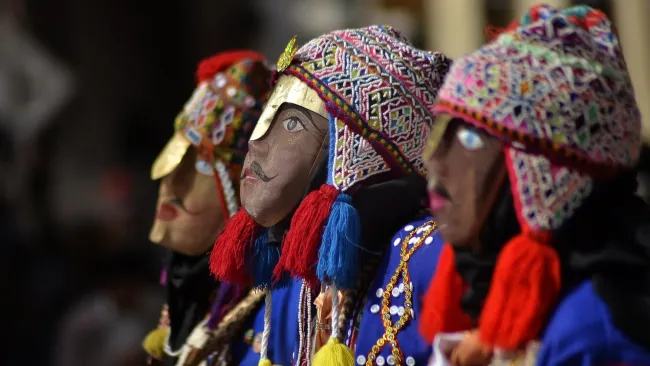
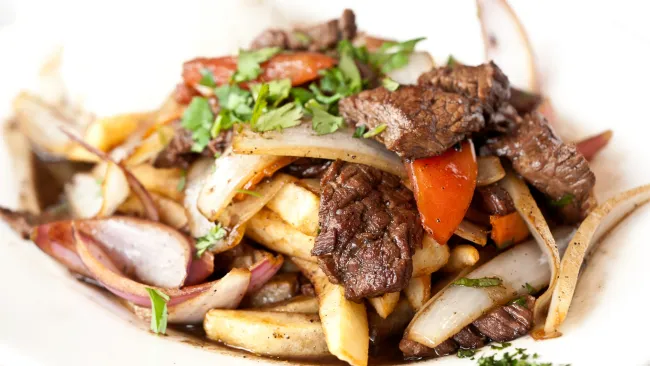
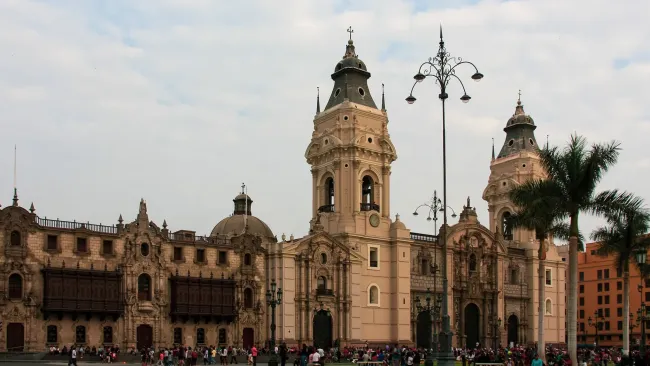
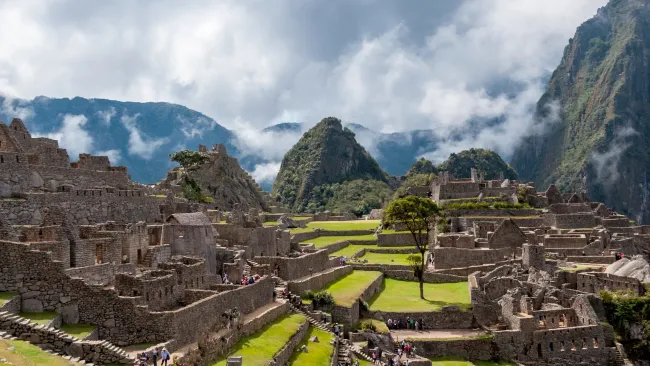
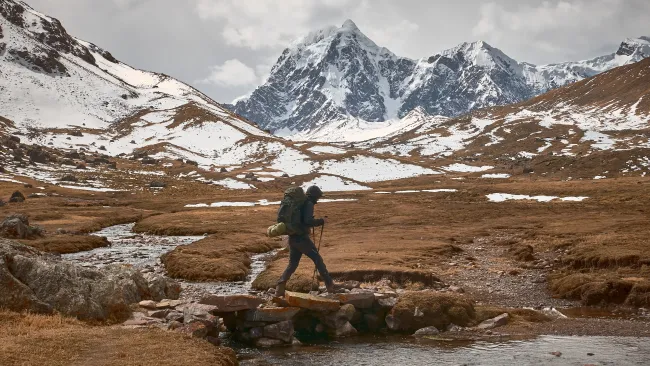
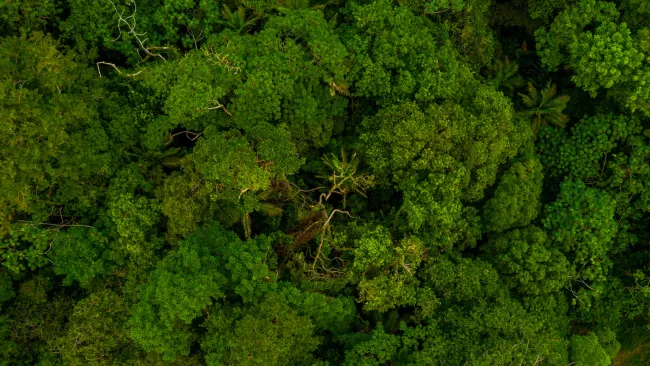
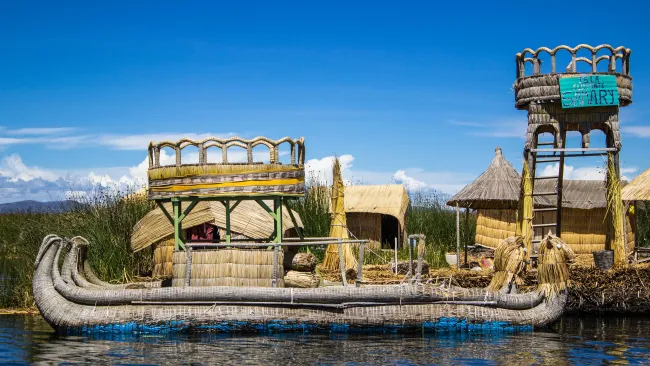
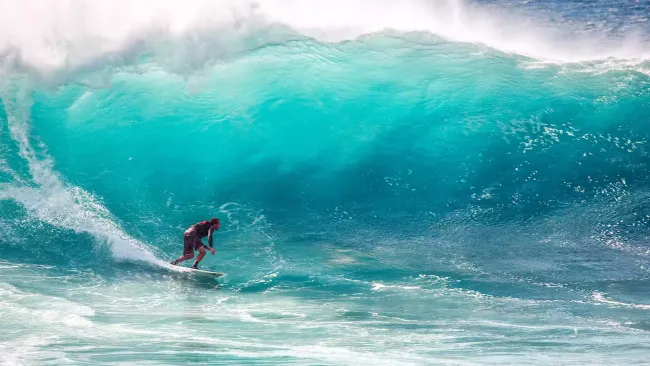

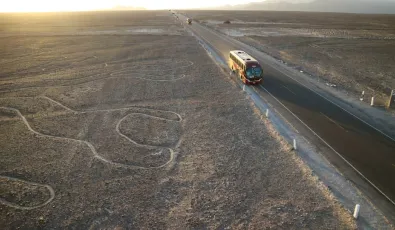
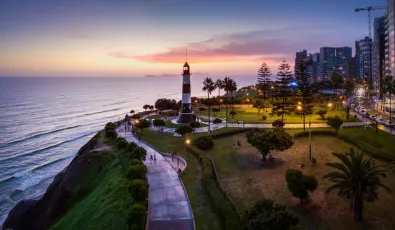
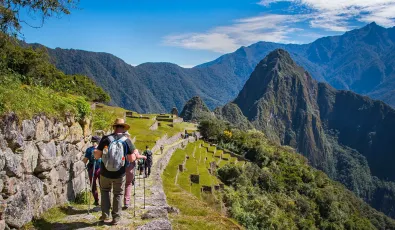

Add new comment